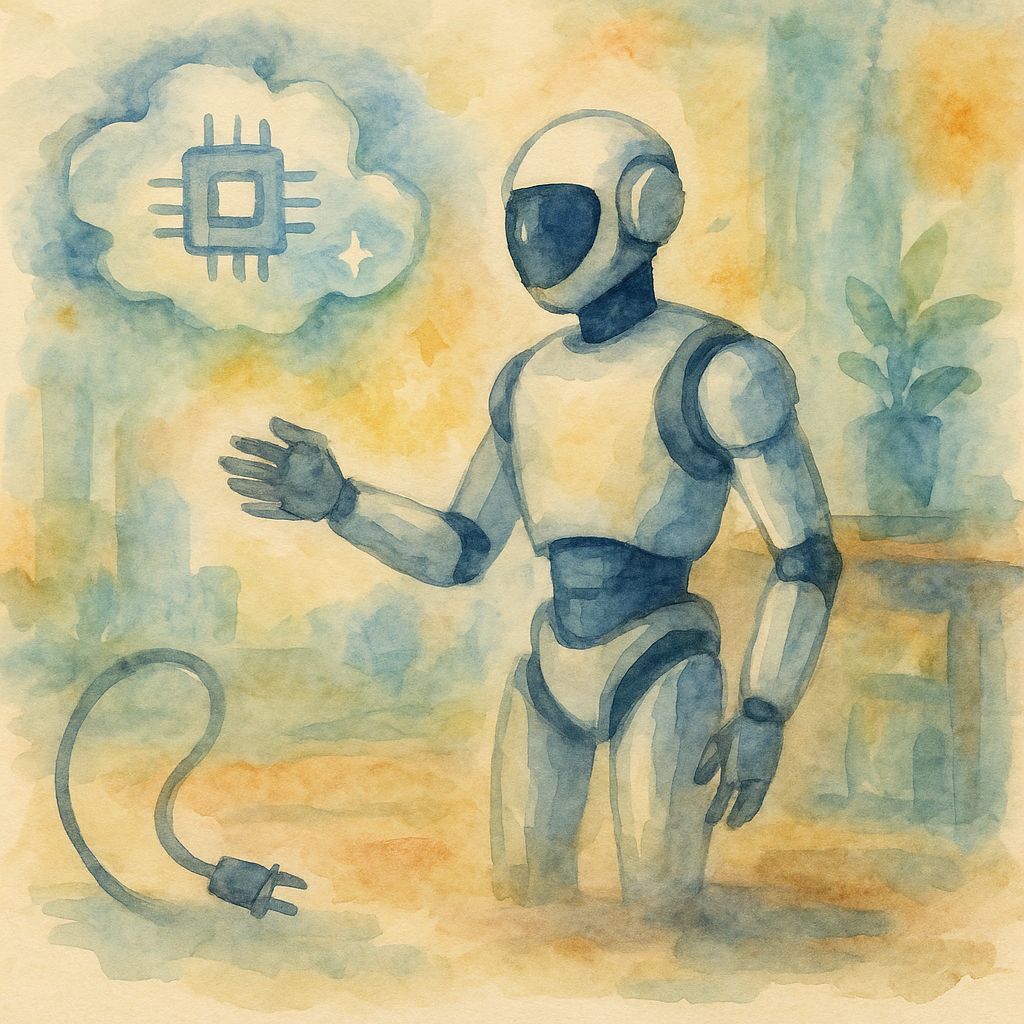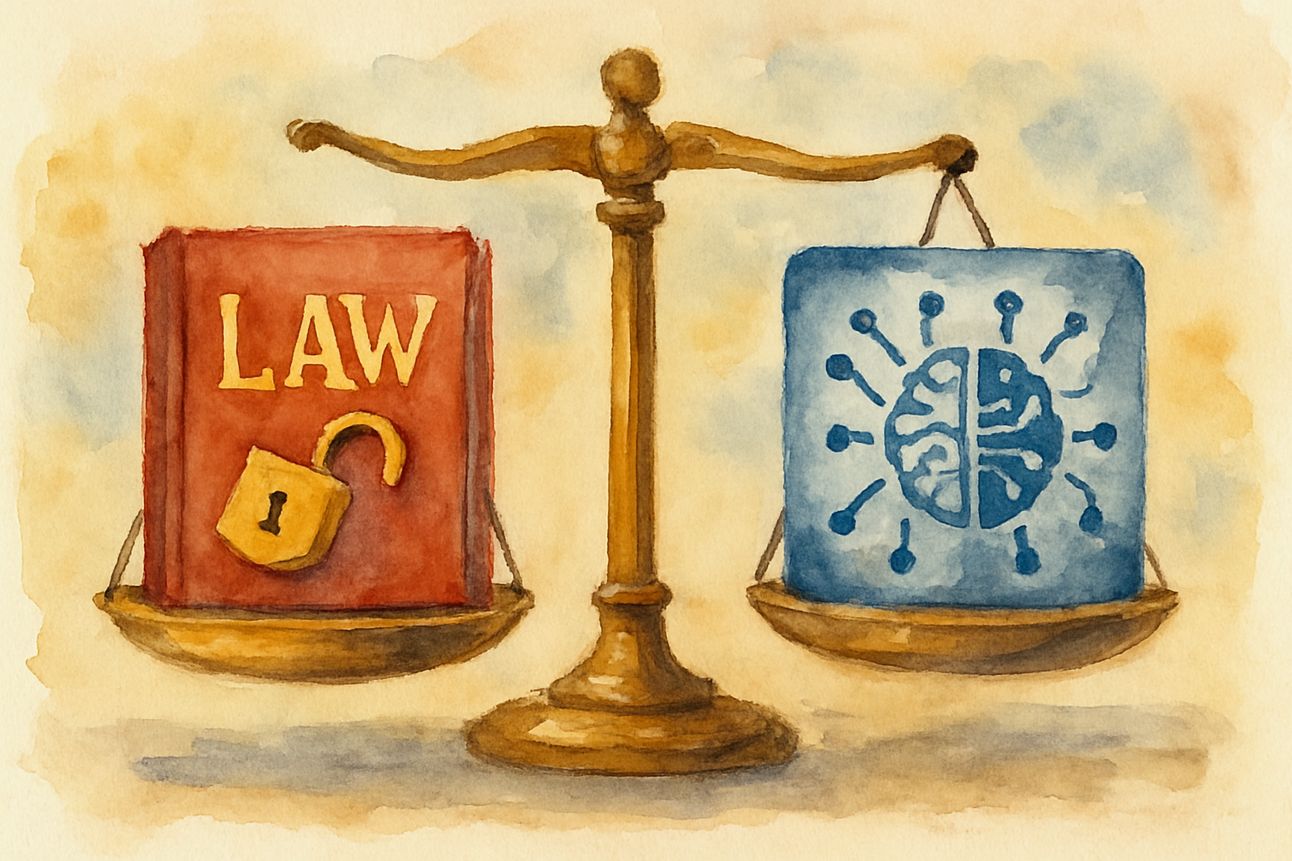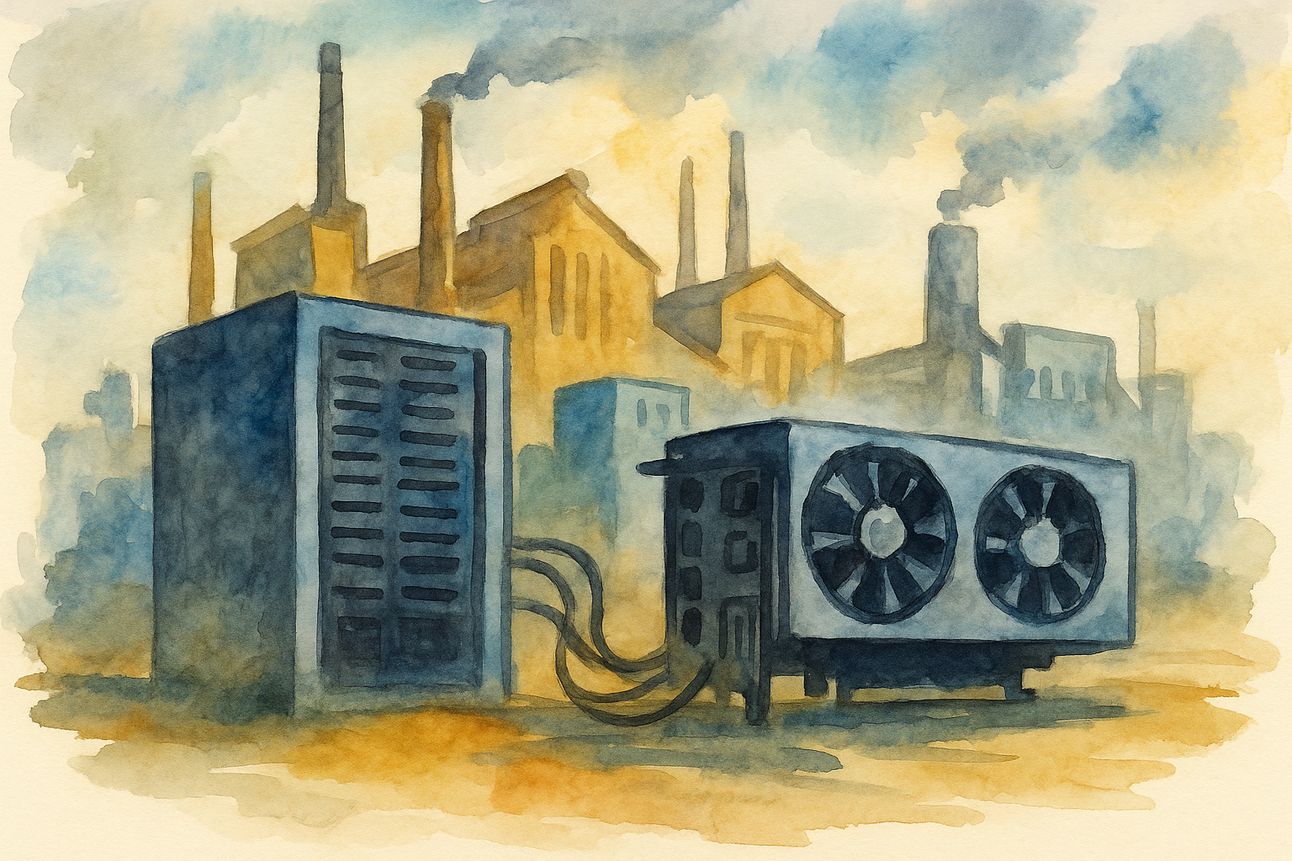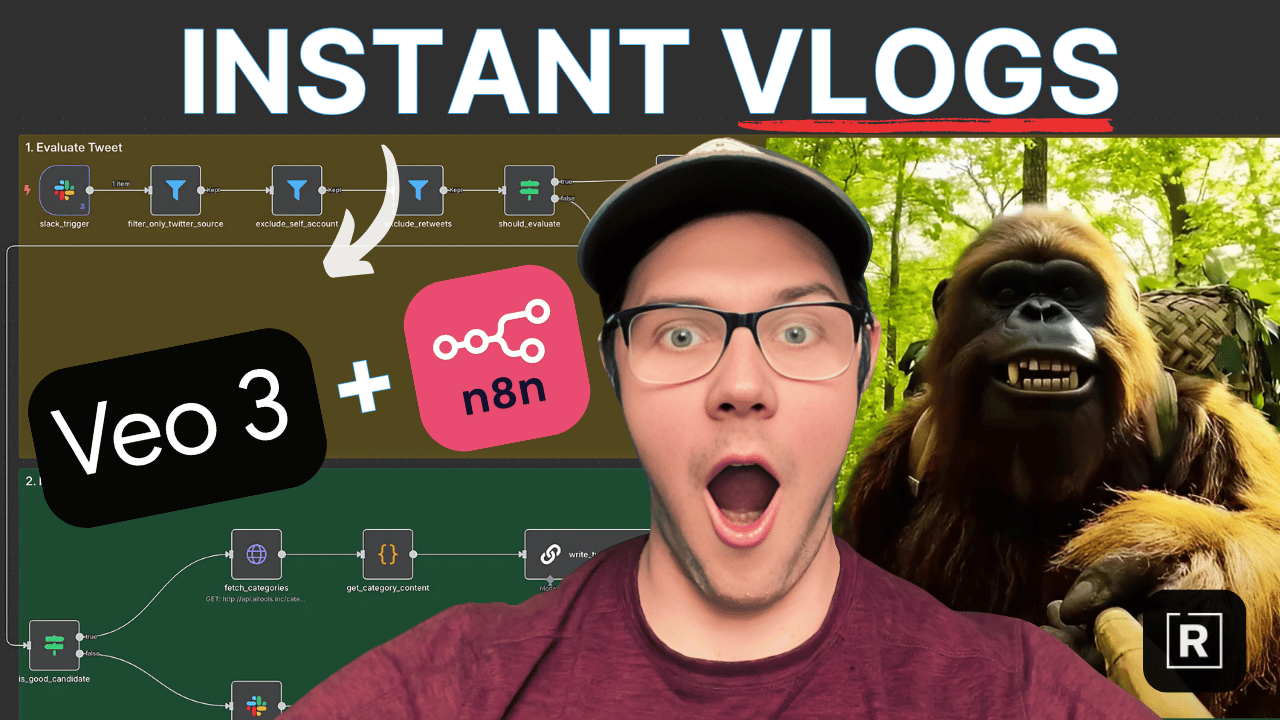- The Recap AI
- Posts
- Google's robots break free from the cloud
Google's robots break free from the cloud
PLUS: Anthropic's landmark fair use ruling and what Jony Ive's first AI device won't be
Good morning, AI enthusiast.
Google DeepMind has made a significant advancement by enabling its robotics models to run directly on hardware, cutting the cord from the cloud. For the first time, this allows complex robots to perform tasks without an internet connection.
The local models are surprisingly capable, performing nearly as well as their cloud-based counterparts. With this breakthrough enabling more autonomous and secure applications, how quickly will we see these systems deployed in sensitive or remote environments?
In today’s AI recap:
New video on how to generate viral Veo 3 vlog videos (watch here)
Google's robots go offline with on-device Gemini
Anthropic's landmark fair use copyright ruling
HPE and NVIDIA launch AI factory solutions
What Jony Ive’s first AI device won’t be
Robots Go Offline

The Recap: Google DeepMind just released an on-device version of its Gemini Robotics model, allowing complex robots to perform tasks without an internet connection for the first time. This marks a major step toward more autonomous, responsive, and secure robotic systems.
Unpacked:
The local model is surprisingly capable, performing nearly as well as its cloud-connected counterpart while running efficiently on a robot's own hardware.
Developers can adapt the model for new tasks with as few as 50 to 100 demonstrations and fine-tune it using the new Gemini Robotics SDK.
Operating offline enables robots to function in areas with poor connectivity and enhances privacy for applications in sensitive environments like healthcare.
Bottom line: This breakthrough makes advanced robotics more accessible and practical for real-world deployment. Expect to see faster innovation as developers begin using these tools to build autonomous systems that can operate anywhere.
AI's Copyright Precedent

The Recap: In a landmark decision, a federal judge ruled that Anthropic's training of its AI models on copyrighted books constitutes "fair use." However, the ruling came with a major catch: the company will still face trial for using millions of pirated books to build its training library.
Unpacked:
The judge called Anthropic's use of books "quintessentially transformative," reasoning that the AI model learns from the text to create something entirely new, much like a human reader aspiring to become a writer, rather than simply replicating the original work.
While the training process itself was ruled legal, Anthropic's method of acquiring millions of books from pirate sites like Libgen and Books3 was not, leaving the company exposed to significant damages for copyright infringement.
This ruling is the first of its kind to directly address fair use in the context of generative AI, setting a crucial legal precedent for the dozens of other copyright lawsuits facing major tech companies.
Bottom line: This decision gives AI companies a legal green light on the core principle of training on copyrighted works, which is a major victory for the industry. Still, it sends a clear signal that the source of training data matters, likely accelerating the push for official licensing deals over reliance on unauthorized libraries.
AI Training
The Recap: In this video, I walk through the step-by-step process that you can follow to recreate the viral Bigfoot style vlogs (and other viral AI videos!) with n8n, Claude, and Google's VEO 3. You can use this same process to reverse engineer any VEO 3 content and generate these videos automatically.
P.S We also launched a free community for AI Builders looking to master the art and science of building AI Automations — Come join us!
The Industrial AI Shift

The Recap: HPE and NVIDIA announced a new portfolio of AI factory offerings, a turnkey solution designed to help enterprises build and scale generative AI faster.
Unpacked:
The partnership combines HPE's infrastructure, like its ProLiant servers, with a full stack of NVIDIA's latest tech, including Blackwell GPUs, Spectrum-X networking, and AI Enterprise software.
A core offering, HPE Private Cloud AI, provides a pre-integrated platform that includes options for air-gapped security and multi-tenancy to support various enterprise and sovereign AI needs.
To lower the barrier to entry, HPE is offering AI Acceleration Workshops with NVIDIA and a program that lets customers test the system in Equinix data centers before purchase.
Bottom line: This partnership significantly lowers the complexity for enterprises to deploy powerful AI infrastructure on-premise. It signals a major shift toward making private AI factories as accessible as cloud-based services.
Where AI Experts Share Their Best Work
Join our Free AI Automation Community
Join our FREE community AI Automation Mastery — where entrepreneurs, AI builders, and AI agency owners share templates, solve problems together, and learn from each other's wins (and mistakes).
What makes our community different:
Real peer support from people building actual AI businesses
Complete access to download our automation library of battle-tested n8n templates
Collaborate and problem-solve with AI experts when you get stuck
Dive into our course materials, collaborate with experienced builders, and turn automation challenges into shared wins. Join here (completely free).
Jony Ive's AI Device Isn't Wearable

The Recap: New court filings reveal the highly anticipated AI device from Jony Ive and OpenAI will not be a wearable or in-ear product. The device is also at least a year away from shipping, narrowing speculation about the future of AI consumer gadgets.
Unpacked:
A declaration from a company executive confirms the first device is not an in-ear or wearable product and will not ship until at least 2026.
The information surfaced from a trademark lawsuit where audio startup Iyo accused OpenAI's hardware team, formerly 'io,' of infringement.
With wearables off the table, speculation now centers on a portable, non-wearable item like a smart pen that could act as a third core device for your desk.
Bottom line: These revelations narrow the field for the next major AI gadget, shifting focus away from iterating on wearables toward creating an entirely new device category. The delayed timeline also gives competitors more runway to define the AI hardware landscape.
The Shortlist
Apple is reportedly considering an acquisition of AI search startup Perplexity, following similar acquisition talks between the startup and Meta, highlighting the rush to integrate advanced AI search into existing tech ecosystems.
Verizon launched a major customer service transformation powered by Google's Gemini AI, aiming to resolve most issues on the first call with a new "Customer Champion" team and 24/7 live chat support.
The World Economic Forum estimates that AI will displace 92 million jobs by 2030, with new analysis indicating that Black and Latino workers are disproportionately vulnerable due to overrepresentation in at-risk roles.
Warp introduced Warp 2.0, an "Agentic Development Environment" that allows developers to run multiple AI agents in parallel to handle tasks like building features, debugging code, and resolving merge conflicts.
What did you think of today's email?Before you go we’d love to know what you thought of today's newsletter. We read every single message to help improve The Recap experience. |
Signing off,
David, Lucas, Mitchell — The Recap editorial team

